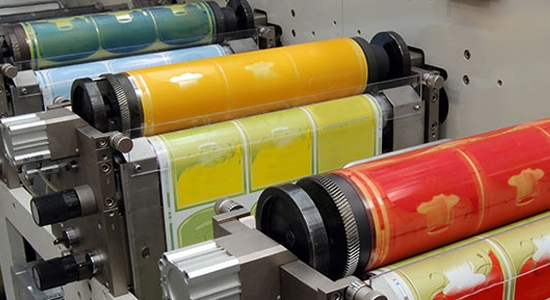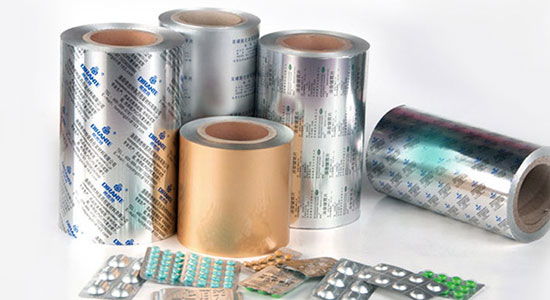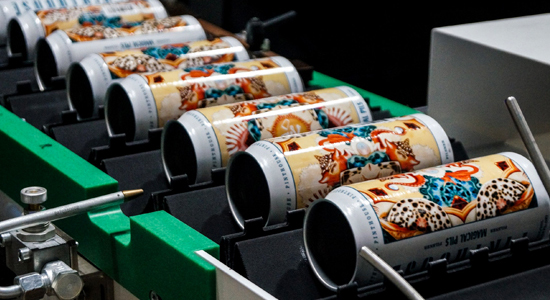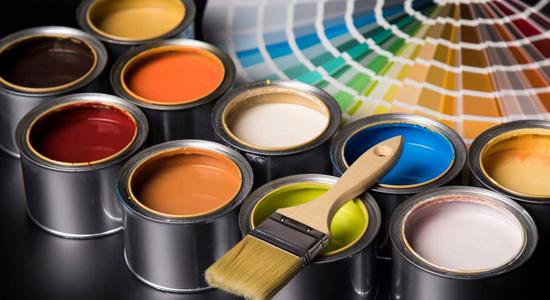Blog
Everything to Know About Flexographic and Rotogravure Printing Inks

Flexographic and rotogravure printing inks are two popular types of inks used in the printing industry. In this response, we will discuss everything you need to know about these inks, including their composition, printing processes, advantages, and disadvantages.
Flexographic Printing Inks
Composition:
Flexographic printing inks can be water-based or solvent-based, depending on the specific application. They contain pigments, resins, and other additives to improve their performance, such as viscosity, adhesion, and drying properties.
Printing Process:
Flexographic printing is a type of relief printing that uses a flexible printing plate made of rubber or photopolymer. The ink is transferred onto the substrate using a flexible printing plate mounted on a printing cylinder. As the substrate moves through the printing press, the ink is transferred from the plate to the substrate, creating the desired image or text.
Advantages:
Flexographic inks can be used on a wide range of substrates, including non-porous materials such as plastics and metals.cThey are fast-drying, which makes them ideal for high-speed printing applications. Flexographic printing can produce high-quality images and text.
Disadvantages:
Flexographic inks are not suitable for printing on absorbent materials such as paper. The printing plates can be expensive and time-consuming to produce. Flexographic printing is not as precise as other printing methods, such as offset printing.
Rotogravure Printing Inks:
Composition:
Rotogravure printing inks are typically solvent-based and contain pigments, resins, and other additives to improve their performance, such as viscosity, adhesion, and drying properties.
Printing Process:
Rotogravure printing is a type of intaglio printing that uses engraved cylinders to transfer the ink onto the substrate. The engraved cells on the printing cylinder hold the ink, and the excess ink is scraped off using a doctor blade. The ink is then transferred onto the substrate using a pressure roller.
Advantages:
Rotogravure inks can produce high-quality, detailed images and text. They are ideal for printing on high-end packaging materials such as metalized films, foils, and papers. Rotogravure printing can achieve a high level of color consistency.
Disadvantages:
The printing plates for rotogravure printing can be expensive to produce. The solvent-based inks used in rotogravure printing can be harmful to the environment and require careful handling. Rotogravure printing is a slower process than flexographic printing, making it less suitable for high-speed printing applications. In conclusion, both flexographic and rotogravure printing inks have their advantages and disadvantages, and the choice of ink depends on the specific application and substrate being printed. Flexographic printing inks are ideal for printing on non-porous materials and can achieve high-quality images at high speeds, while rotogravure printing inks are better suited for printing on high-end packaging materials and achieving detailed, consistent images.





